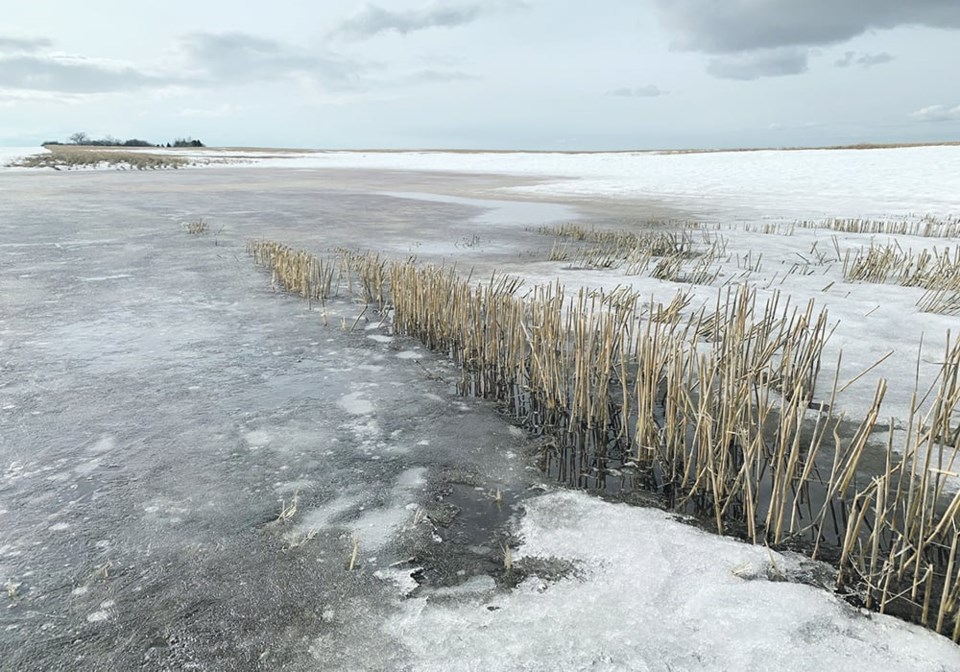REGINA — Saskatchewan producers could experience another drought year in 2024, according to the Water Security Agency’s .
Spring runoff is expected to be well below normal in most of the province.
Snowpack accumulation has been minimal and as of Feb. 1 the entire province is rated well below normal for anticipated runoff except for a sliver in the southeast, including Weyburn, Estevan, Broadview and up to Watrous and Wynyard, which is considered below normal.
On top of dry conditions last year, farmers hope for a snowy March, spring rain or both in order to get crops out of the ground and pastures growing. Snowpack from last fall was largely lost because of unseasonably warm temperatures.
Concern is mounting given long-range forecasts predicting near-normal precipitation but above-normal temperatures now until April.
“Indicators suggest that there is a higher risk of agricultural and hydrological drought this year,” said the report, which was released Feb. 22.
“The Water Security Agency will monitor landscape conditions and water supply reservoirs closely to allow for timely response to dry conditions.”
Localized water supply shortages are possible this year, especially in west-central regions that have been dry for several years.
The WSA has changed its winter operating plan at Lake Diefenbaker to retain more water than usual. Major water supply reservoirs in the south are at or above normal levels, except for Avonlea and some places in the southwest such as Altawan and Cypress, which could be affected by less snowpack.
Reservoirs in the Souris Basin are expected to operate normally.
The Quill Lakes Basin is expected to see well below normal runoff. All lakes within the Qu’Appelle River Basin are at near normal levels for this time of year, said the report.
Runoff yields will be affected by how fast the snow melts. A slow melt would recharge soil, but a fast melt would replenish surface water supplies.
“Without an above normal runoff, drought conditions are expected to persist or even worsen this spring across most of the province,” said the report.
The Canadian Drought Monitor map for Jan. 31, 2024, shows most of Canada dry overall and exceptional drought in parts of eastern Alberta and a pocket in British Columbia.
West-central Saskatchewan, east-central Alberta and parts of northern B.C. and Alberta were all in extreme drought. The rest of Saskatchewan, Manitoba and Ontario all have areas ranging from abnormally dry to severe drought.
Saskatchewan agriculture minister David Marit, who is also responsible for the WSA, has said he monitors the situation closely.
“Our network of reservoirs and canals, combined with our allocation system, means we can store water and prioritize to ensure communities have reliable drinking water, while producers and industry receive equitable supply that does not negatively impact our environment,” he said in a news release.
The WSA will issue another forecast in March and is working across government to keep tabs on conditions and make plans.
Contact [email protected]




